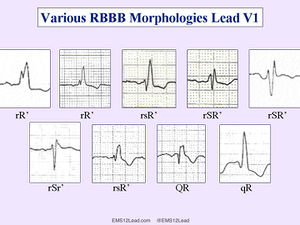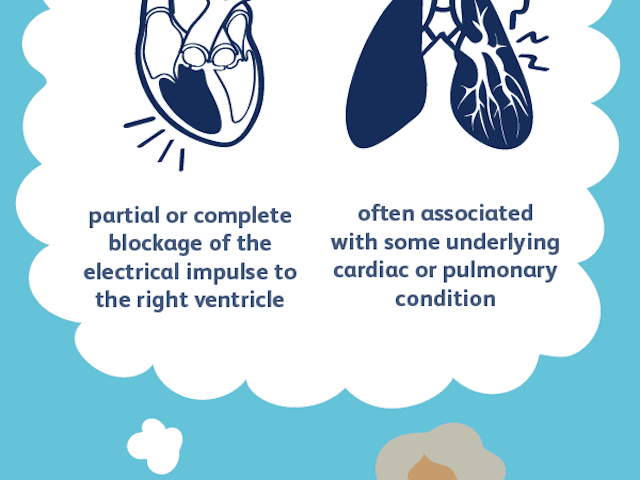Right Bundle Branch Block Diagnosis

How do you know which is the right bundle branch block for you? There are a number of different types of bundles in the heart. You can either have a left bundle or a right bundle. You can also have a bundle on the left side, a bundle on the right side or you can have a mixed bundle.
A. If your medical practitioners tell you that this is normal, you must trust them. The word "bundle" in this situation refers to a group of nerves that send a "contract now" message from the pacemaker to the lower heart.
B. The bundle can be narrowed down to a point. Sometimes the bundle branches into two parts. They are called bundle branches. When these branches converge, they cause a lock.
C. If the bundle is narrowed and blocked, you may have a TIA (tissue embolism) or myocardial infarction (MI) on the right side. However, there are other situations that can cause a right bundle branch block, such as a sudden increase in heart rate during a heart attack.
D. If you notice a sudden, very high, or sudden decreased heart rate, this may be a sign that you have a right bundle branch block. If this happens too often or lasts too long, it could be a sign of something more serious. Symptoms to look out for include chest pain, pressure, or discomfort while resting. If you notice this, you should immediately go to the hospital and get tested.
E. Some medications that can cause a right bundle block include anti-arrhythmic drugs, diuretics, beta blockers and other medications that can cause the heart muscle cells to separate from each other. This can cause the right bundle branch to separate. If you experience symptoms that may indicate this separation, you should contact your physician for further information.
F. The treatment for a right bundle blocks can be different depending on what the cause of the block is. There are several ways to treat the block such as by increasing the blood flow, by removing the block and by lowering the amount of sodium and potassium. In some cases, surgery may be necessary.
It is important that if you notice any of the symptoms described above, you get a correct diagnosis so you can be treated appropriately. A heart checkup will give you a chance to rule out any conditions that could be causing the symptoms.

If your doctor suspects that you have a heart condition or high blood pressure, he or she will recommend that you see an experienced heart specialist. He or she will perform a thorough physical exam as well as a blood test. You may also be asked to have an electrocardiogram performed to look for abnormalities. You will also be given an EKG to look for possible problems with the heart.
Once these tests have been conducted, your doctor may ask you to take a series of tests to make sure that you are not suffering from a right bundle branch block. You may have to be monitored closely for a few days, however. This is due to the fact that a right bundle branch block can often cause a number of symptoms such as palpitations, dizziness, fainting or nausea.
A bundle branch block is more likely to occur if there is a problem with the myocardium. This is the part of the heart that houses the heart muscle. If the myocardium is inflamed, it will separate from the myocardium and you may experience symptoms like discomfort while breathing, chest pain and difficulty getting up.
Another sign that a myocardial infarction or a problem with the heart muscle is at work is if you have pain or pressure in the left upper chest or right side of your body. If you have pain in your abdomen or lower back or in your face, you may also feel fatigued, especially when you are resting.
Some people are diagnosed with a right bundle block during a heart attack because they feel as if they are experiencing chest pains. This is called a "dyspnea." Dyspnea, as the name implies, is a problem with breathing that occurs while the heart is pumping. It may also feel similar to chest pain.
